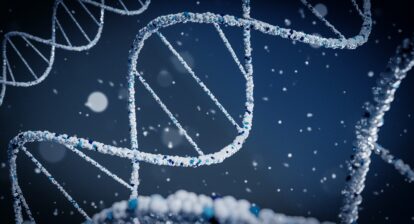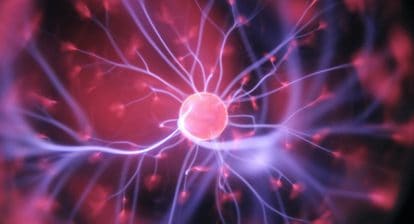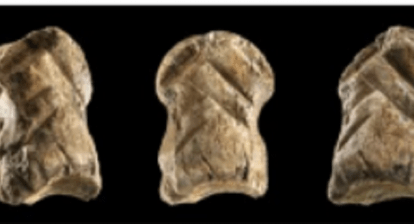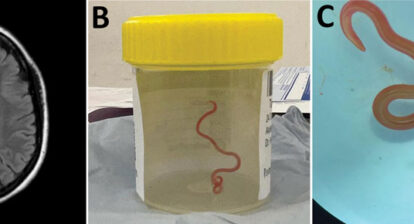According to a new study researchers have used sound waves to turn stem cells into bone cells! Stem cells can turn into any other kind of cell and are what some animals use to regrow their limbs. Research has been ongoing to manipulate the stem cells to find out if they can be helpful in repairing damaged human body parts. But a key challange in regrowing bones is the large amount of bones cells that are required to thrive and flourish in the implanted area. To date this has been difficult due to the need for complicated and expensive equipment. Futhermore, the stem cells used have traditionally been extracted from a person’s bone marrow, which is a painful procedure.
Now a new study has proposed an innovative but cheap method. The team showed stem cells treated with high-frequency sound waves turned into bone cells quickly and efficiently. Not only is the treatment was shown to be effective on multiple types of cells including fat-derived stem cells, which are far less painful to extract from a patient, it uses high-frequency sound waves to turn stem cells into bone cells in as little as five days, with 10 minutes of stimulating treatment per day.
According to co-lead researcher Dr Amy Gelmi, the new approach was faster and simpler than other methods.
“The sound waves cut the treatment time usually required to get stem cells to begin to turn into bone cells by several days,” said Gelmi, a Vice-Chancellor’s Research Fellow at RMIT. “This method also doesn’t require any special ‘bone-inducing’ drugs and it’s very easy to apply to the stem cells. “Our study found this new approach has strong potential to be used for treating the stem cells, before we either coat them onto an implant or inject them directly into the body for tissue engineering.”
The high-frequency sound waves used in the stem cell treatment were generated on a low-cost microchip device developed by RMIT and are a result of over a decade of work reasearching the interaction of sound waves at frequencies above 10 MHz with different materials by co-lead researcher Distinguished Professor Leslie Yeo and his team.
“We can use the sound waves to apply just the right amount of pressure in the right places to the stem cells, to trigger the change process,” Yeo said. “Our device is cheap and simple to use, so could easily be upscaled for treating large numbers of cells simultaneously – vital for effective tissue engineering.”

A graphic illustration of the innovative stem cell treatment. The microchip on the left generates high-frequency sound waves (green) to precisely manipulate the stem cells, which are placed in silicon oil on a glass-bottomed culture plate.
This means that the sound wave-generating device they developed can be used to precisely manipulate cells, fluids or materials and the team will now move on to upscaling “the platform, working towards the development of practical bioreactors to drive efficient stem cell differentiation”. This has great potential to regrow bones lost due to degenerative diseases or to cancer.

The high-frequency sound waves for the stem cell treatment are generated on this microchip, low-cost and easy-to-scale technology developed by RMIT.
‘Short-Duration High Frequency MegaHertz-Order Nanomechanostimulation Drives Early and Persistent Osteogenic Differentiation in Mesenchymal Stem Cells’, with first author and PhD researcher Lizebona August Ambattu, is published in Small (DOI: 10.1002/smll.20210682).







